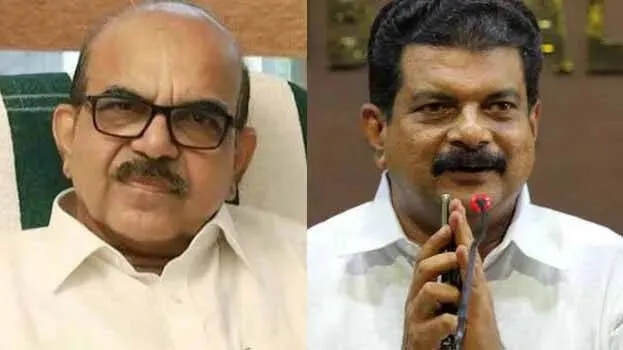
During his recent Mann ki Baat address, Prime Minister Narendra Modi warned the country about the surge of digital arrest frauds. New Delhi: Digital arrests have recently emerged as a common form of digital fraud in India, costing Indians a significant portion of their hard-earned money. However, digital arrest is merely a scam that may be avoided by being aware of the fraudulent techniques used by con artists to digitally arrest victims.
During his recent Mann ki Baat address, Prime Minister Narendra Modi warned the country about the surge of digital arrest frauds. He said that "there is nothing like digital arrest in our law" and that this is merely fraud. According to PM Modi, digital arrest can be avoided by following the three steps of digital security: stop, think, and act.
What is a digital arrest? In a digital arrest scam, con artists pose as the CBI, police, and occasionally RBI personnel. They first use phone calls to reach their victims before moving on to video calls via Skype and WhatsApp. The scammers typically use a police station-style setup after switching to video to trick victims into thinking that officers are making the call.
The con artists claim that the target's detention results from their alleged unlawful activities. A warrant for a digital arrest for the purported offense is threatened to the victims. To revoke the digital arrest warrant, the scammers then demand cash or a penalty.
Following payment, the scammers vanish, leaving the victims with a financial loss. Thousands of people have fallen victim to such scammers. According to data from the National Cybercrime Reporting Portal (NCRP ), this fraud is very common.
An Indian Express report using NCRP statistics claims that in the first quarter of 2024, Indians lost up to Rs 120 crore due to digital arrest cases. How to spot a digital arrest scam? During his recent Mann ki Baat address, Prime Minister Modi issued a warning to the country on the increase in digital arrest frauds. The PM said there is nothing like digital arrest in our law and the gang of criminals doing this are enemies of society.
Scams using digital arrest are detectable. First off, nobody from the government calls people and threatens them or demands money. PM Modi claims that no government organization calls people to demand money.
Second, there's no reason to be alarmed if you receive such a call. You should realize that the scammers have gathered your personal information and are attempting to intimidate you. Thirdly, scammers frequently fabricate an emergency to force you to act impulsively.
By staying on the call all the time, scammers exert pressure on the victim. It may be a case of cybercrime if you believe that the con artists are inciting a sense of urgency. Fourth, you should be on guard if the con artists implicate you in a significant crime while on the phone.
Since you haven't done anything illegal, you can tell right once that this call is fraudulent. How to protect yourself from a digital arrest scam? The key to avoiding being a victim of digital arrest scams is to remain alert and aware of such fraudulent activities. According to PM Modi, there are three steps to digital security: stop, think, and act.
* There is nothing like digital arrest in our law. * No government agency calls people and threatens them, nor does it demand money over a video call. * Don't panic when you receive a call.
Instead, take a screenshot and record a call. * Verify the identification of fraudsters posing as law enforcement authorities by getting in touch with the government or law enforcement officials directly through the appropriate route. * The first thing to do if you fall victim to a digital arrest scam is to report your bank and freeze your account right away.
* Never divulge private information to third parties, including KYC details, bank details like – user ID password, card details, CVV, OTPs or PIN number. * Victims should call the national cyber helpline 1930 and report such incidents on cybercrime.gov.
in. Stay informed on all the latest news , real-time breaking news updates, and follow all the important headlines in india news and world News on Zee News..













